Join the author, Néstor T. Carbonell, as he shares a critical analysis of the Castro-Communist regime and explores the challenges and opportunities that will likely arise when freedom finally dawns in Cuba.
CHAPTER 11: Castro’s Detente Game: From Johnson to George H. W. Bush
Rodríguez did not back off in his rebuttal. Challenging the accuracy of some of Haig’s allegations, he said, «I remember that the ‘Bay of Pigs’ was brought about by information from people located in Cuba that led the CIA to a mistaken conclusion.» Regarding Haig’s allusion to a possible military clash, Rodriguez claimed that Cuba was not afraid. He did recognize the risk of miscalculation and called for more direct contacts, but he did not soften his intractable positions or retract any of his questionable explanations and outright mendacities.
Given the discouraging outcome of the Haig-Rodriguez meeting, the prospects for a detente with the Castro regime seemed rather dim, but Reagan decided to try anew. For the next attempt, the president asked General Vernon Walters to explore a rapprochement directly with Fidel Castro in Havana. The general was an ideal envoy to carry out the mission. Formerly deputy director of the CIA, he had a distinguished diplomatic and military career that enabled him to work closely with many of the world’s leading statesmen.
Other advantages for the task were Walters’s linguistic skills (fluent in Spanish and five other languages), engaging personality, and the fact that he had gotten along well with Castro as his interpreter during the Maximum Leader’s visit to the United States in 1959.
As recounted by Walters in his book The Mighty and the Meek,63 a few days prior to his trip to Havana in March 1981, Reagan summoned him to the Oval Office to gauge the chances of accomplishing the two main objectives of his mission: wean Castro from Moscow’s camp and stop the military aid he was sending to Nicaragua and leftist guerrillas in other Latin American countries.
The general candidly replied that he did not think his chances of success exceeded 5 percent. He «thought that Castro was a true believer in all of the Marxist claptrap,» and he doubted that Fidel would want to give up «the aura of being Moscow’s man in the Caribbean … the Communist David standing up to the capitalist Goliath,» in exchange for US diplomatic relations and financial assistance. Fidel would view that «as apostasy from what he regarded as his lay religion.» Reagan reportedly nodded, smiled, and said, «Do your best.» Walters assured him that he would.
On March 4, Walters and his executive assistant, Commander Lee Martiny, flew from Fort Lauderdale, Florida, to a military base near Havana in an unmarked Learjet provided by Washington. Shortly after arrival, they were taken to Cuba’s pre-Castro presidential palace, where they were warmly greeted by Fidel and Deputy Chairman of the State Council Carlos Rafael Rodriguez (Haig’s interlocutor).
At the outset, Castro expressed his earnest hope that «we can reach some sort of agreement that will benefit both our countries.» After a brief pause, he said, «But if you have come here to threaten me, you should know that I have been threatened by every [US] president since Kennedy … and I know that your Congress will not let your presidents do to me what they would like to do.» (It’s ironic that the indomitable Cuban leader, paladin of Marxism-Leninism, relied for protection on the checks and balances of the very democracy he denigrated.)
Before addressing the threat issue, Walters decided to set the record straight. He recalled that when Castro met in 1960 with Vice President Nixon and Secretary Herter, the glorified revolutionary leader repeatedly denied he was a Communist. «What threw you into the arms of the Soviets?» Walters pointedly asked Fidel. «Was it Washington’s insensibility to your needs, as alleged by Herbert Matthews of the New York Times and other pundits?»
Castro flatly rejected that theory. «No one threw me into the arms of the Soviets,» he affirmed. «I became a Communist at the age of seventeen. I am still one and will be one until the day I die.»
Walters told Castro that he had come to Havana at President Reagan’s behest, «not to threaten you» but to explore any possible arrangement to put an end the quarter of a century confrontation. He then shared with Fidel what he described as «a truth as old as history.» He said, «When a great country like mine feels threatened in what it regards as its vital interests, as for example in Central America, then we are prepared to consider all options, without exceptions.»
Castro’s immediate response was, «Well then, everything is negotiable.» But instead of offering suggestions to allay the existing US-Cuba animosity and reach a settlement, he let loose a tirade against the United States and doubled down on his allegiance to Marxism-Leninism as the wave of the future. Castro spoke for nearly three hours, his words flowing like a torrent. Walters opted to let him talk and only corrected his most glaring falsehoods. The Cuban ruler «made it abundantly clear that he was not only a believing Communist but [also] a practicing one who felt that it was his revolutionary duty to help liberation movements like his own to overthrow the tyrants put in power by the Wall Street imperialists.»
When Walters told Castro that in the light of what he had said, there did not seem to be much that could be negotiated, Fidel raised both hands in a gesture of rebuff and repeated, «Oh, no! Everything is negotiable.» This was, of course, his typical double game, which had duped so many government officials and pundits, but not Vernon Walters.
The general recognized, however, that Fidel, who was unfailingly courteous throughout the discussion, «had a charismatic and somewhat attractive personality and gave a childlike impression of sincerityjaihen he spoke of communism.» Walters noted, «At times, it was difficult to remember when speaking to him how many people he had shot, imprisoned, and driven to desperate flight from their native land.»
Toward the end of the meeting, followed by a courtesy dinner at a sumptuous guesthouse confiscated by the regime, Castro said to Walters, «Well, despite our differences, we have at least one thing in common.»
«And what is that?» asked Walters.
«We are both pupils of Jesuit schools,» replied Fidel.
«But, Mr. President,» interjected the general, «there is one fundamental difference: I remained fidele[faithful]»—a play on Castro’s name.
The Cuban ruler shook his head and said, «What a pity that you are on the other slope.» They both let it go at that.
The general left the island convinced that it would be futile to make further attempts to engage Castro at that time. When Walters debriefed Reagan, the president asked him if he thought Castro really believed in communism. «Yes,» replied Walters, «and the ideology seems to drive his conduct and decisions.» The president then asked him if there was any indication that Castro was willing to halt his support for revolutionary and anti-American movements. «I heard nothing that could lead me to this conclusion,» said Walters. The president thanked him for having taken on the delicate mission and seemed pleased that it was handled very discreetly.
Based on Walters’s report, Reagan turned the page and concentrated on beefing up the Contra forces to counter the Communist onslaught in Central America. With Cuban and Soviet help, the Sandinistas had built the most powerful military force in that region in a relatively short time. They augmented their armed forces from about five thousand in 1979 to eighty-eight thousand in 1983. During that same period, they increased their tanks from three to fifty, their antiaircraft guns from two to one hundred fifty, and their missile launchers from none to thirty.
US Invasion of Grenada
While Reagan was grappling with Congress over the funding and expanded role of the Contra forces, another burgeoning regional crisis, with humanitarian, security, and geopolitical implications, was brought to his attention in October 1983. A bloody military coup, staged by the staunch Communist deputy prime minister of the small Caribbean island of Grenada, had ousted the socialist government led by Maurice Bishop and destabilized the former British Commonwealth.
Reagan was wary of the safety of the eight hundred US medical students enrolled at St. George’s University School of Medicine on the island. The nightmare experienced by the US hostages in Iran was still fresh in his memory.
But there was something else that concerned the president: the presence in Grenada of some seven hundred Cuban construction workers, combat engineers, and military personnel who were building a nine-thousand-foot airplane runway. According to US intelligence sources, the large runway and the numerous fuel storage tanks being installed were primarily intended not for commercial use but to accommodate Soviet-Cuban aircraft to transport weapons to radical insurgents in El Salvador and neighboring countries.
In March 1983, seven months prior to the US invasion of Grenada, Reagan had denounced in a televised address the progressive Soviet-Cuban militarization of the island. To back his assertion, he displayed an aerial photograph of the construction by Cubans of the oversized airfield.
By October, it became evident to the US intelligence community that the purpose of the airstrip was to provide a base for arms shipments from Cuba to Central American guerrillas. In light of the findings presented to him, the president decided not to risk having another Communist-controlled beachhead in the Caribbean, and he preemptively launched the invasion of Grenada on October 25.
British prime minister Margaret Thatcher felt that the invasion, named Operation Urgent Fury, was unwarranted and opposed it. However, the seven member islands of the Organization of Eastern Caribbean States, which viewed the Castro regime’s progressive military control of Grenada as an imminent threat to their security, supported the operation and contributed troops to the seven-thousand-strong expeditionary force. That gave Reagan some cover to exercise the right of self-defense against clear and present danger without prior OAS clearance.
Meanwhile in Havana, when it became obvious that the United States was preparing to invade Grenada, Castro summoned Colonel Pedro Tortolo, a hefty black Cuban officer who had led the Cuban military mission in Grenada from 1981 until mid-1983, and sent him back to the island to command the Cuban troops there.
Tortolo arrived less than twenty-four hours before the landing of the US-Caribbean security forces, along with one hundred fifty to two hundred additional Cuban soldiers. Although the colonel lacked combat experience, Castro relied on his unquestioned fealty and courage to fight to the death in what was to be the first (and only) really head-on confrontation with the «Americanos» in the Caribbean.
Castro himself trumpeted at a press conference Tortolo’s historic mission and compared him to the great military hero of Cuban independence Antonio Maceo. To Castro’s dismay and embarrassment, Tortolo fell short of the mark, to put it mildly.
As one of the Cuban worker-combatants in Grenada later declared, «I was standing next to Comandante Tortolo. When I looked around, he had run away.» The Cubans, who never lose their pungent sense of humor, promptly spun the joke around Havana that «if you want to get [anywhere] first, you must have Tortolo’s shoes.»65
In the end, twenty-four Cubans were killed and fifty-nine wounded during the lightning Operation Urgent Fury. Some six hundred taken prisoners by the US-Caribbean security forces were allowed to return to Havana, where they were greeted by a sullen and uncharacteristically silent Fidel Castro. Although he pretended that everything was all right and dutifully visited the wounded soldiers in the hospitals, his seething anger for the humiliating surrender of his men in Grenada did not subside. He demoted all of them to low-level positions. As for
the commander, the ineffable Tortolo, who had become a figure of scorn and ridicule, he was court-martialed, degraded, and banished to Angola.66
The United States also sustained some casualties during the victorious invasion: 19 dead and 116 wounded. Although the discovery of thousands of infantry weapons hidden on the island and of several secret military assistance agreements between Grenada, Cuba, and the Soviet bloc seemed to validate Washington’s geopolitical and security concerns, the UN censured the United States for violating international law.
Still, for Reagan, Grenada was an unmitigated success. The invasion thwarted the establishment of another Soviet-Cuban forward military base in the Caribbean, served as a warning to the Sandinistas in Nicaragua, and enjoyed broad popular support in the United States. As for the people of Grenada, grateful for the freedom and stability brought about by the US-led Operation Urgent Fury, they celebrate the date of the invasion as their Thanksgiving Day.
| The Iran-Contra Scandal
After Grenada, the president was riding high in the polls, but not in Congress, over the US secret war in Central America. Despite the report of the 1983 National Bipartisan Commission on Central America (Kissinger Commission), which underscored the strategic importance of the Caribbean-Central American Zone, the bipartisanship achieved was short-lived.
Congressional support for the Contra insurgency was progressively restricted. Under the so-called Boland Amendment, the Contras were authorized to interdict arms but not to overthrow the Sandinista government in Nicaragua. Then, in the spring of 1984, after a series of dj^ closures of CIA covert involvement in the mining of three Nicaraguan harbors, the Senate passed a more drastic Boland Amendment. This one explicitly prohibited military or paramilitary support for the Contras
governments, led to the phaseout of Soviet-Cuban military assistance to insurrectionists in the region and to free elections in Nicaragua. To the dismay of the Sandinistas, the opposition leader, Violeta de Chamorro, won the elections and ushered in a democratic transition. The much-reviled Contra war promoted by Reagan, and the pressure it exerted on the Sandinistas and its allies, had, after all, produced some positive results.
In Afghanistan, Reagan’s crucial decision to supply the mujahideen with handheld Stinger heat-seeking missiles contributed to the withdrawal of Soviet forces from Afghanistan in 1988.7′ But where Reagan’s statesmanship reached its climax was in the broader theater of the Cold War within the Soviet bloc. For it was he who, in conjunction with Pope John Paul II and British prime minister Margaret Thatcher, devised and steadily pursued the comprehensive strategy not just to contain but to roll back and bring down the «Evil Empire.»
With the support of his inner circle, Reagan’s strategy further crippled the sagging Russian economy and undermined the Kremlin’s grip on its satellites. Fired up by Radio Free Europe7,1 and not choked off by the Soviet military, the dissident movements in Central and Eastern Europe gained momentum and won over their freedom.75
f§ Castro’s Reaction
Castro took note of Reagan’s decisive leadership in the final stages of the Cold War and opted to temper not his anti-Yankee rhetoric but some of his provocative actions. He blasted the president when, at the behest of the young, charismatic Cuban American exile leader Jorge Mas-Canosa, he authorized the funding and launch of Radio Marti to break the Castro regime’s stranglehold on the free flow of information.
He also chastised Reagan for having appointed the heroic Armando Valladares, imprisoned and tortured by Castro for twenty-two years, US ambassador to the United Nations Commission on Human Rights.
Yet the Cuban dictator refrained from broad-scale retaliation, as he had vowed to do, and actually retreated in a number of areas.
Castro ended Cuba’s military intervention in Central America following the signing of the Arias peace plan and reached a settlement with Angola and South Africa, which resulted in the withdrawal of some fifty thousand Cuban troops from that region. Castro also accepted the return to Havana of the twenty-six hundred delinquents, misfits, and spies he had dumped on Florida during the Mariel exodus, and he formalized an immigration agreement with the United States.76
Reagan clearly fared better with his muscular stand against Castro’s expansionism than with his and his predecessors’ earlier attempts at detente without much leverage. Wily and ruthless dictators like the Cuban ruler soar aggressively when they sense weakness and recoil cautiously when confronted with strength.
|George H. W. Bush (1989-1993)
During his presidency, the elder Bush had to devote much of his time to foreign affairs. This was not a problem. Given his distinguished public service credentials as ambassador to the United Nations, US envoy to China, director of the CIA, and vice president of the United States, he had an ample reservoir of talent and experience to draw from when dealing with complex international issues. And he certainly had no shortage of those.
Bush put together an impressive and well-integrated team of advisers, including Brent Scowcroft, national security adviser; James Baker, secretary of state; Dick Cheney, secretary of defense; and Colin Powell, chairman of the Joint Chiefs of Staff. Another prominent counselor was Robert Gates, who served the president as deputy national security adviser and later as director of the CIA. —
I
The US Invasion of Panama and the Noriega-Castro Drug Connection
During the first two years of Bush’s presidency, while he ably addressed the breakdown of the Soviet Union and Hussein’s invasion of Kuwait, Panama became a serious national security and political issue. Its military ruler, Manuel Noriega, who had been a valued CIA «asset» during the Contra war against the Sandinista regime in Nicaragua, had turned against the United States and was indicted by a federal grand jury in 1988 on drug trafficking charges.
The well-documented indictment accused Noriega of virtually selling his government to drug traffickers for millions of dollars in bribes and turning Panama into a center of money laundering and cocaine smuggling, the cocaine mostly bound for the United States. According to the indictment, Noriega provided secure airstrips and haven for some of the world’s most violent dealers, including the infamous Medellin cartel.77
The president was pressed by congressional leaders to bring Noriega to justice in the United States, but since Panama was under his ironfisted rule, the general would block any attempt to extradite him. Bush began to focus on removing Noriega from power but opted not to support a covert internal coup attempt, which was haphazardly planned and easily quashed on October 3, 1989.
The president decided instead to plan an overt military operation to oust Noriega and bring him to trial on drug charges in the United States. On December 20, 1989, a few days after Bush was notified that Noriega’s military forces had killed a US serviceman and attacked another one and his wife, Bush launched Operation Just Cause with about ten thousand forces landing in Panama and joining some thirteen thousand already there.
When they overtook the Panamanian military without much resistance, Noriega sought refuge at the Vatican’s embassy in Panama City. He surrendered to US forces in early January and was flown to Miami,
Florida, where he was tried and convicted in September 1992 on eight counts of drug trafficking, racketeering, and money laundering, and sentenced to forty years in prison.78
The United States was chastised by the UN and the OAS for the unilateral armed intervention in Panama, bypassing these organizations and violating international covenants and procedures. Most Americans, however, hailed the military operation that ended Noriega’s despotic rule and brought him to justice, and the Panamanians by and large were happy to have regained their freedom.
A direct outgrowth of the Noriega US trial in 1992 was the case against the Castro regime. Testimonies implicating Raul Castro in Noriega’s drug trafficking were provided by Cuban defectors and Medellin cocaine cartel chieftain Carlos Lehder Rivas, who was serving life plus 135 years in the United States after being convicted on drug trafficking charges in Florida in 1988.
Lehder testified that in 1982 he met with Raul Castro, defense minister and second-in-command of the Cuban regime, to strike a deal. In exchange for millions of dollars, Raul agreed to facilitate the Medellin cartel’s cocaine shipments through Cuba. Using special radio frequencies provided by the regime, the drug traffickers were able to exit Cuban airspace without interference. They also were allowed to land on Cuban soil with their loads of cocaine.79
Since 1982, US officials had been aware that the Castro regime was using drug trafficking as a means of both raising hard currency for Cuba and undermining the hated «empire.» Four Cuban officials, including a vice admiral in the Cuban navy, were charged with importing marijuana into Florida. But they were never arrested or brought to trial. Then in 1984, a Drug Enforcement Administration informant, Barry Seal, penetrated a cartel plot hatched by the Castro and Sandinista governments to send 1,462 pounds of cocaine to Miami. The drugs-wefe seized by the US authorities, but no Cuban or Nicaraguan officials were charged.80
By 1989, Fidel Castro realized that evidence linking senior officials
of his regime to the Medellin drug cartel and to Noriega was extensive and incriminating. To preempt or blunt a possible indictment, he decided to assemble a kangaroo court to convict some of those Cuban government officials who were involved in drug trafficking. The irony is that the leader who conceived and negotiated the smuggling deal with the Medellin cartel, Raul Castro, was the one who pressed charges against his partners in crime.
Ten officers of the army and the Interior Ministry were sentenced to prison terms ranging from ten to twenty years. Among the four who were convicted of treason against the Cuban Revolution on charges of corruption and drug dealing, and executed on July 13, 1989, was the decorated general and former commander of the Cuban forces in Angola, Arnaldo Ochoa. Well-informed sources on the island believe that Fidel Castro may have had ulterior motives to execute the popular general and shining star of the regime: He knew too much and had risen too high.
During his videotaped mea culpa, redolent of the Stalin era’s forced confessions, Ochoa dutifully swore that all his actions were «the artifice of my [own] mind,» and neither Fidel Castro nor his brother Raul, nor anyone else in the Communist Party or government, «ever had anything to do with it [the drug trafficking]» (English translation).
Ochoa also said, «I want to tell my comrades-at-arms that I believe I betrayed my country, and I say in all honesty, one pays for treason with one’s life.» To complete the government-concocted confession, the general unctuously declared that if he faced execution, «my last thought will be of Fidel and the great revolution that he has given our people.»81
Castro’s show trial and partial purge did not deter the prosecutors at the US Attorney’s Office in Miami from drafting a proposed indictment against the Cuban government. It charged the regime as a racketeering enterprise and Defense Minister Raul Castro as the chief of a ten-year conspiracy to send tons of Colombian cartel cocaine through Cuba to the United States.82
Prosecutor Bob Martinez, who spearheaded the thorough
investigation implicating the Cuban government and Raul Castro in drug trafficking, was ready to make a final presentation to a federal grand jury in Miami and file formal charges. But Washington blocked that move. As reported by ABC News, the Justice Department—by then under the Clinton administration—overruled the US Attorney’s Office in Miami and quashed the indictment in 1993, alleging national security and intelligence issues.83 As a result, the Castro regime walked away from incrimination unscathed.
| Castro Dug in His Heels
In April 1989, while trying to invigorate the decaying Soviet Union with an infusion of liberalization and drastic government spending cuts, Mikhail Gorbachev flew to Havana to have a candid conversation with comrade Fidel Castro. He was greeted with a great deal of pomp and bear hugs. But the warm reception quickly turned cold when the Soviet leader advised Castro that Moscow could not continue providing massive aid to Cuba and urged him to launch his own glasnost and perestroika.84
The Cuban dictator, however, was not willing to temper his radicalism or institute even modest economic reforms. Not quite yet. He would have to bear a little later the full brunt of the Soviet collapse to allow a limited and temporary opening of the state-controlled economy.
Gorbachev was not the only personality who beseeched Castro to change course. Adolfo Suarez, who in 1976 led Spain’s peaceful transition from Francisco Franco’s autocracy to a democratic parliamentary monarchy, also tried to persuade Fidel to foster a more pluralistic and efficient system of government, reuniting the fractured Cuban population and attracting foreign capital and technology.
At the request of Carlos Alberto Montaner, distinguished Cuban exile, syndicated journalist, and active member of the International Liberal Movement, as well as other compatriots interested in exploring a constructive engagement with the Castro regime, Suarez met with
Fidel in Havana in mid-1990 to test the waters. The meeting was cordial but fruitless. The Cuban ruler showed no interest in softening his intractable position. His most memorable statement during the colloquy was that «Cuba would sink in the ocean before abandoning Marxism-Leninism.» Confident that he was on the right track, Castro boasted that the Cuban example would be followed by many other countries «when humanity recovers its senses.»85
Castro was emboldened by the Foro de Sao Paulo, a conference of leftist/Marxist political parties and organizations from Latin America. It was launched by Brazil’s Workers Party, headed by Luiz Inacio Lula da Silva, in Sao Paulo, in 1990. Lula, a strong Castro supporter, was later elected president of Brazil, and the Foro remained a vital platform for both Lula and Castro.
| Bush Pressed to Harden Cuba Policy
Sensing US complacency, Castro not only intensified repression against peaceful dissidents but also scrambled the transmissions of TV Marti, which began broadcasting to Cuba in March 1990, and jammed Radio Marti. The objective was clear: total blackout of non-government-filtered news on the island.
Under those circumstances, with no likelihood of a rapprochement with the Castro regime, Cuban exile leaders submitted to President Bush in 1992 a three-hundred-thousand-signature petition to rescind the 1962 Kennedy-Khrushchev no-invasion-of-Cuba pledge so that the exiles could pursue their struggle for Cuba’s freedom without US interference. The president declined to abrogate the accord and refused to condone violations of US neutrality law.86
Since the White House refused to allow any military action against the Castro regime, Cuban exile leaders then proposed the strengthening of the US commercial embargo. They argued that the combined impact of the cancellation of Soviet aid and the reinforcement of US
sanctions would compel Castro to start liberalizing the island, at least with economic reforms.
Bush was reluctant at first to support a bill in Congress (the Cuban Democracy Act) that significantly tightened the US embargo, but when presidential candidate Bill Clinton opportunistically endorsed it during the 1992 campaign, the president promptly followed suit.
The Cuban Democracy Act, presented by US congressman Robert Torricelli, was passed by Congress and signed into law by President Bush on October 23, 1992. It prohibited foreign-based subsidiaries of US companies from trading with Cuba; barred travel to the island by US citizens; and established strict limits on family remittances to the island.
Donations of food to nongovernment organizations in Cuba, however, were not restricted, nor were medical supplies and medicines sent to the Cuban people. The tightened embargo would be lifted and financial support provided when Cuba held free elections under international supervision.
For the first time the US embargo, absent Soviet aid to compensate for it, truly had «bite.» Its impact, however, was lessened a few years later when the Castro regime got a new life preserver, this one courtesy of the Venezuelan president Hugo Chavez.
CHAPTER 12
Clinton, Castro, and the Pope (1993-2001)
| No More Soviet Windfall
Following the implosion of the Soviet Union and the shutdown of Cuba’s vital lifeline in 1991, the island lost more than 35 percent of its GDP in one fell swoop. While Cuba was receiving Moscow’s massive aid, estimated to have totaled $65 billion over thirty years, Castro could dismiss and even deride the US «blockade» (economic embargo). This he did at a public rally in January 1969, asserting, «The blockade is now a matter of scorn and laughter.» That was then, however, but such was not the case in the 1990s.
The dire situation that ensued forced Fidel Castro to introduce for the first time some market-oriented reforms (his miniperestroika) in the summer of 1993, which he labeled «the Special Period in Time of Peace.»
Although most of the economy remained under government control, Castro allowed state farms to form cooperatives and licensed self-managed microbusinesses (no employees permitted), like home-based restaurants, bed-and-breakfasts, small artisan shops, and a slew of menial services. Fearing creeping capitalism, which could undermine the regime’s totalitarian control, these reforms were later curbed and partly reversed.
Given the island’s urgent need of capital, Castro amended the Communist Constitution to allow foreign companies to invest in Cuba in certain areas, but only in partnership, on a minority basis, with the government. Among the corporations that flocked to Cuba and
SECTION II: THE DAUNTING PAST
invested there were Melia from Spain (tourism), Sherritt from Canada (mining/oil), Pernod Ricard from France (rum), Imperial Tobacco from the UK (cigars), Nestle from Switzerland (ice cream and soft drinks), Domos from Mexico, and Telecom Italy (telecommunications).
Most of these corporations experienced obstacles and frustrations, but nothing comparable to FirstKey’s nightmare. As reported in a lengthy Wall Street Journal article dated June 28, 1999, FirstKey signed a joint venture agreement with the Cuban government in 1997 to increase the generation of power, which had dropped to a very low level, causing frequent outages across the island. The company’s CEO at the time, Clarence Boudreau, a lanky thirty-four-year veteran of major engineering projects spanning the globe from Canada to China, thought he had hit the jackpot with the deal. «Everybody was pushing Cuba. It was the place to invest,» he said.
His ecstasy, however, was short-lived. The Castro regime reneged on the contract, and FirstKey lost about $9 million spent on developing the project. To add insult to injury, the regime used FirstKey’s plans to lure European firms to the very same project. «First there is [the] love affair,» Boudreau bitterly complained, «and then they dispose of you like a wet rug.»
The Clinton administration applauded Castro’s miniperestroika and, to encourage deeper reforms, decided as a first step to ease US restrictions on US travel to the island. Visits were authorized under a «people to people» program fostering cultural and religious activities. The president and his inner circle were deluded by Castro’s limited economic reforms, thinking they would lead to the liberalization of the regime. The Cuban ruler, however, had other plans to address the simmering unrest on the island.
| The Tugboat Massacre and the «Maleconazo»
A Castro heinous crime in 1994 was the sinking of the tugboat 13 de Marzo. This was not an isolated or uniquely atrocious episode. It was
preceded by the July 6, 1980, Canimar River massacre, when a large excursion boat attempting to flee the island was attacked by a Cuban air force plane and sunk by a freighter that rammed into it. According to the Cuban Archive (in exile), several dozen passengers, including children, were killed.
Regarding the 13 deMarzo tugboat mass murder, the Inter-American Commission on Human Rights reported that in the early morning hours of July 13, 1994,
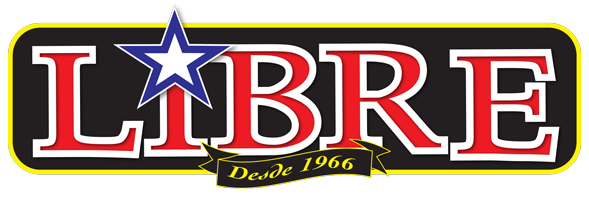
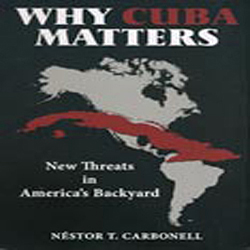

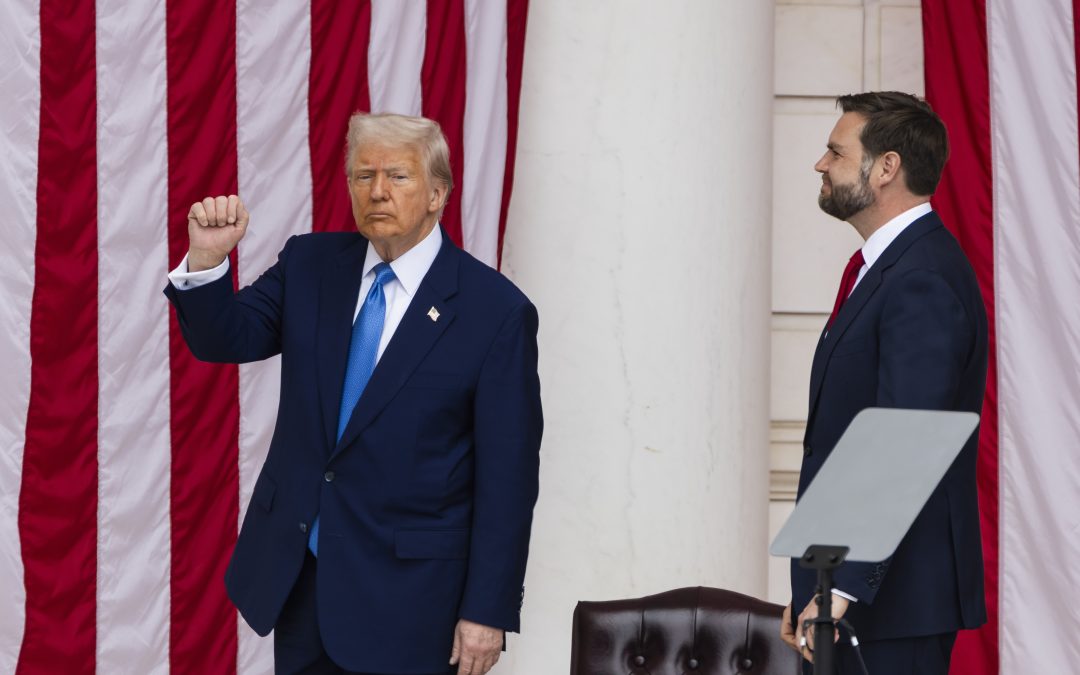
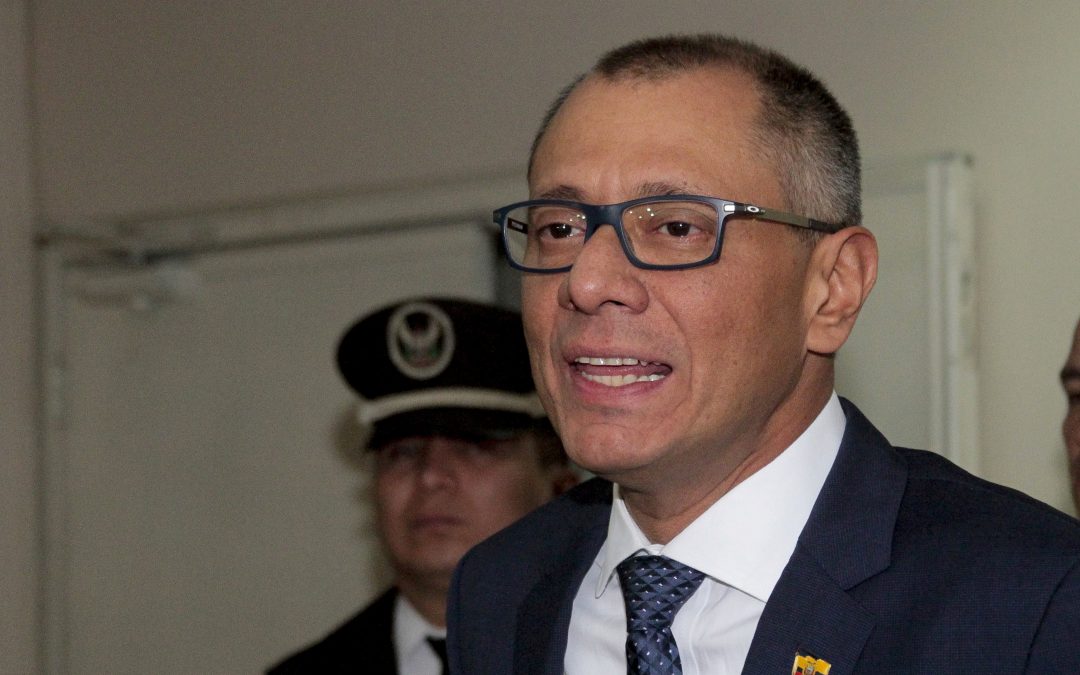
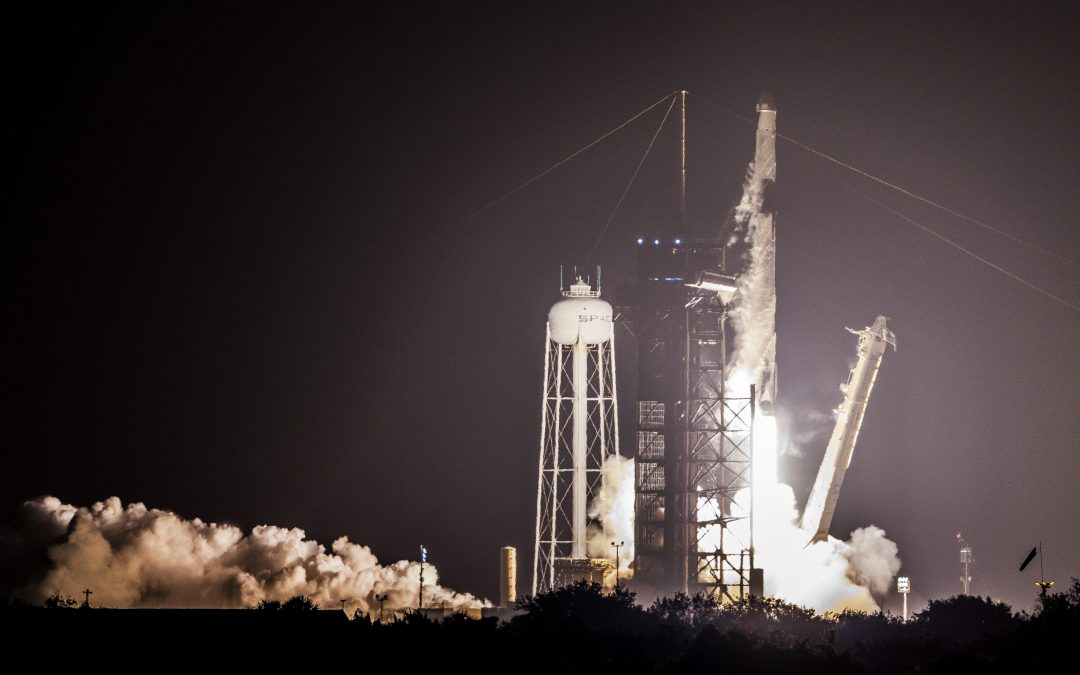
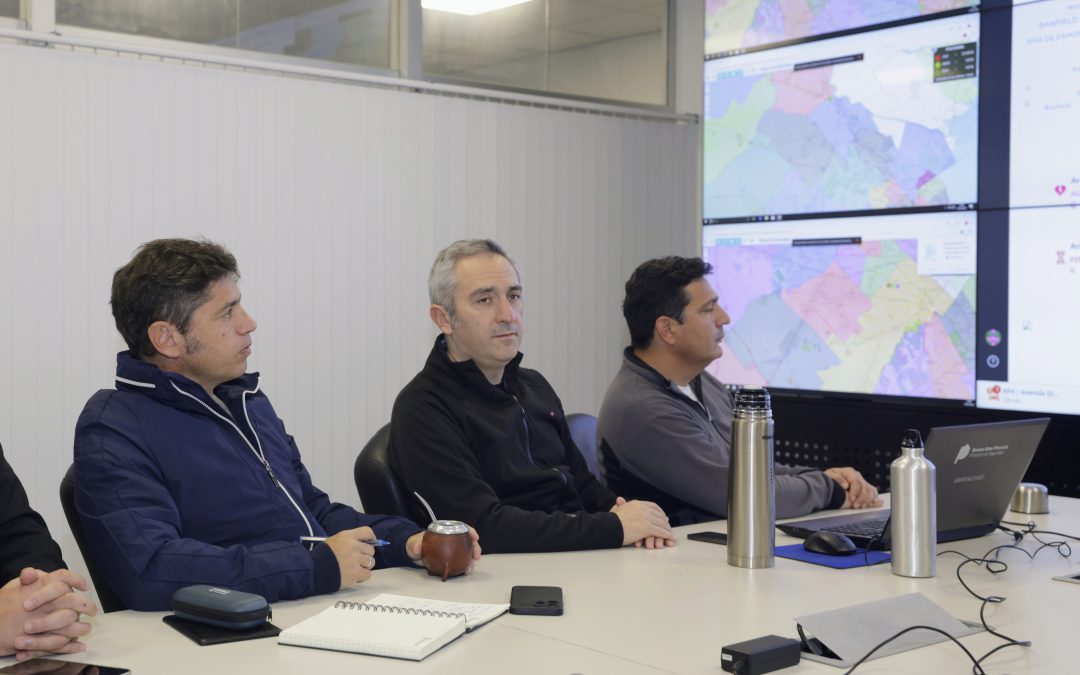

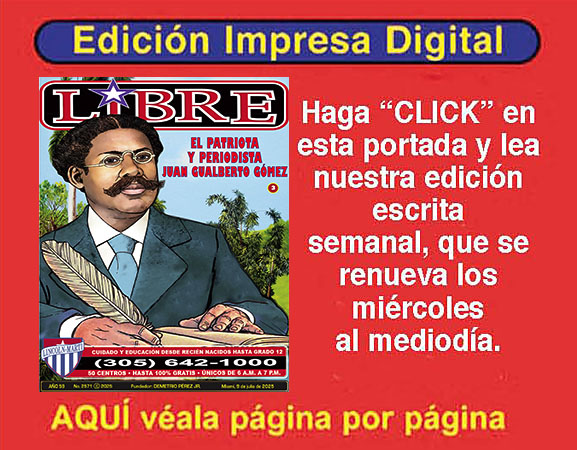

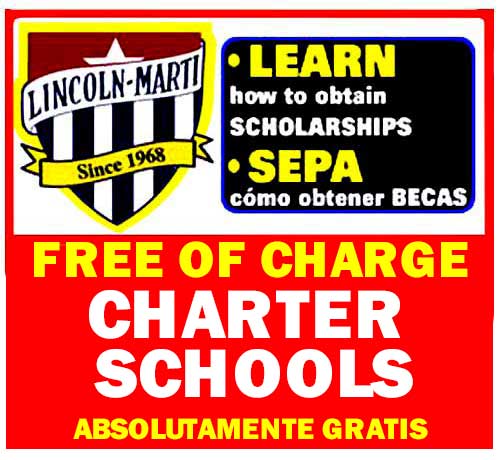
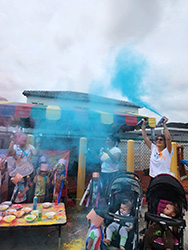
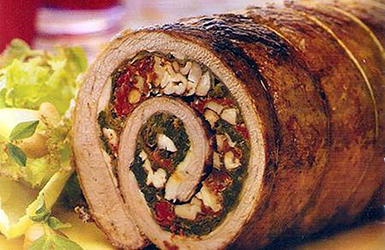
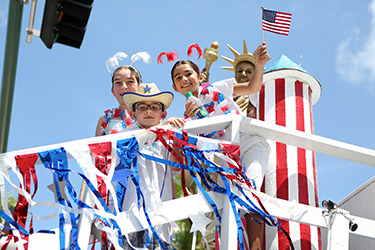
0 comentarios